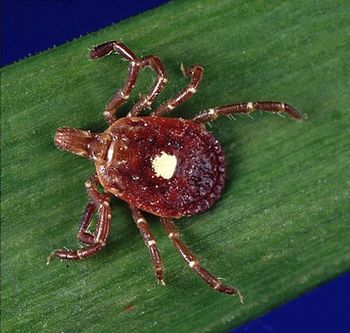
New Technologies Could Guide Investigations of Microbial Outbreaks
A recent study has described the use of next-generation sequencing to develop novel approaches that could serve as a public health tool to track pathogens such as Escherichia coli during disease outbreaks.
A recent study has described the use of next-generation sequencing to develop novel approaches that could serve as a public health tool to track pathogens such as Escherichia coli during disease outbreaks.
Brigida Rusconi, PhD, from the University of Texas at San Antonio, and colleagues published the results of their
“Multi isolate whole genome sequencing (WGS) and typing for outbreak investigations has become a reality in the post-genomics era,” the authors write. “We applied this technology to strains from Escherichia coli O157:H7 outbreaks.”
According to the authors, foodborne microbial pathogens represent an important public health problem. Among them, enterohemorrhagic E. coli (EHEC) O157:H7 is a major foodborne pathogen with a low infectious dose that produces Shiga toxins and causes severe disease in humans, including hemolytic uremic syndrome—a condition for which there is no effective treatment or prophylaxis.
“For the above reasons, prevention of human infection is critical, and early identification of outbreaks is highly worthwhile,” the authors stress.
In their study, Dr Rusconi and colleagues described, for the first time, the application of whole genomics epidemiology approaches to study several E. coli O157:H7 outbreaks from the United States. They adapted a type of WGS to a single nucleotide polymorphism (SNP)-based pipeline for the high resolution typing of E. coli O157:H7 by identifying SNPs (single base-pair differences) within the bacterial DNA sequences. According to the authors, this approach allows researchers to characterize outbreak strains according to these unique characteristics, and enables them to map the pathogen to other outbreak strains and even trace its origin to a specific location.
In this way, the researchers were able to establish a detailed understanding of the genomic diversity among the E. coli outbreak populations that they studied. They were also able to determine the Shiga toxin subtypes involved in each outbreak, and this has potential to help identify how severe an outbreak could be. “Expanding these sequence-based analyses to the publicly available EHEC sequence pool will improve public health response in the event of an outbreak, allowing timely and informed countermeasures,” the authors write.
However, although they conclude their study by acknowledging that they eagerly anticipate the introduction of sequence-based pathogen typing as a public health and disease prevention tool, the authors also stress that this powerful technology should “be employed as an adjunct to, and not a replacement for, case interviewing (descriptive epidemiology) and environmental investigations.”
Dr. Parry graduated from the University of Liverpool, England in 1997 and is a board-certified veterinary pathologist. After 13 years working in academia, she founded Midwest Veterinary Pathology, LLC where she now works as a private consultant. She is passionate about veterinary education and serves on the Indiana Veterinary Medical Association’s Continuing Education Committee. She regularly writes continuing education articles for veterinary organizations and journals, and has also served on the American College of Veterinary Pathologists’ Examination Committee and Education Committee.
Newsletter
Stay ahead of emerging infectious disease threats with expert insights and breaking research. Subscribe now to get updates delivered straight to your inbox.




























































































































































































































































































